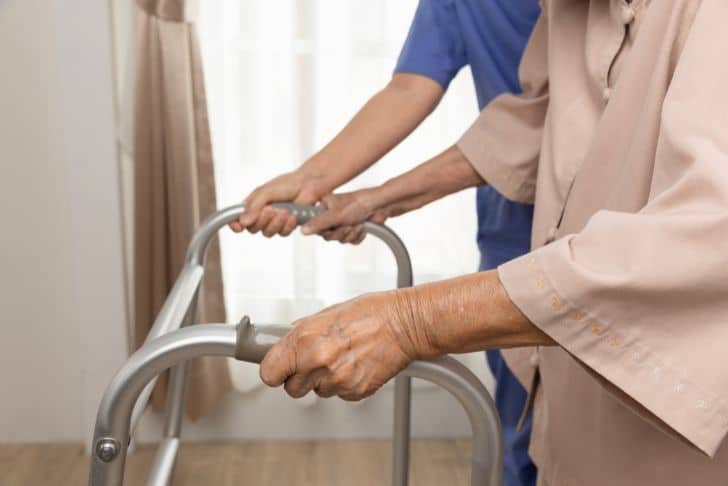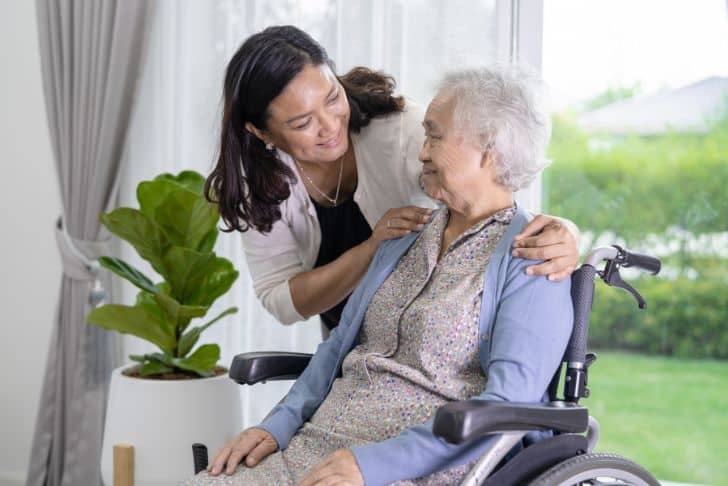Have you ever considered how dangerous a simple fall can be for older adults? Many of us think of falls as a minor inconvenience but for someone above 65 years of age, it can be life-altering or even fatal. Understanding the risks and implementing strategies for fall prevention should be a priority if we aim to create a safe living environment for our elderly loved ones.

Understanding The Threat Of Falls
Falls are a sizable threat to the wellbeing of the older population as they often lead to severe injuries, reducing their capability to live independently. According to the Centers for Disease Control and Prevention (CDC), in 2020, falls among adults 65 years and older were the leading cause of injury death for this group, causing over 36,000 deaths.
Besides mortality, falls also lead to considerable morbidity. The CDC recorded about 3 million visits to emergency departments in 2020 because of falls in the elderly population. These visits predominantly result from injuries like fractures, concussions, and traumatic brain injury.
The Financial Ripples of Falls
In addition to the human cost, falls among older adults also have a noteworthy economic impact. Every year, the medical cost associated with these falls clocks an astounding $50 billion. The majority, three-quarters of these costs, are absorbed by Medicare and Medicaid, putting an enormous strain on the public health system.
Recognizing Risk Factors
An essential step towards reducing the risk of falls is recognizing the factors contributing to them. One significant risk factor is medication. Older adults often have multiple health conditions for which they take a number of medications. Certain medicines may have side effects like dizziness or confusion which increase the risk of falls.
Fall Prevention Measures
Thankfully, falls don’t need to be an inevitable part of aging. There are proven strategies to reduce and prevent falls which you can implement for yourself or an older loved one, whether at home, in assisted living facilities, or other settings.
Shoring Up Home Safety
To make the home safer for older adults, remove tripping hazards, install grab bars in the bathrooms, ensure proper lighting, and use non-slip mats in slippery areas like the bathroom or kitchen.
Staying Physically Active
Regular physical activity, especially balance and strength exercises, can go a long way in reducing the risk of falls by improving stamina, strength, balance, and coordination.
Regular Health Checks
Health checkups including eye exams, medication reviews, and strength and balance assessment are critical to detect and mitigate factors that increase the risk of falls, on time.
Use of Assistive Devices
Use of proper assistive devices like canes or walkers, as per medical advice can aid in mobility and prevent falls.
The MYMobility Plan
The CDC also suggests a mobility plan that takes into account falls history, medication use, and safety at home to prevent falls. This personalized plan can be an effective tool in managing risks.

Safe Transportation
With age, driving can become a risk for falls-related injuries. Older adults need to be educated about the risks involved in driving and alternative transportation options for them should be explored.
Elder Abuse Prevention
Elder abuse can increase the risk of falls and injuries. Being vigilant about signs of elder abuse is essential in any fall prevention strategy.
In conclusion, while the threat that falls pose to the elderly is considerable, it is preventable. By understanding the risk factors and implementing proven prevention strategies, you can significantly reduce the risk of falls for yourself or an older loved one and promote a safer, independent lifestyle.
The Centers for Disease Control and Prevention (CDC) provides ample resources and information on fall prevention among older adults and can be a handy guide for anyone looking to learn more about this issue. Let us all do our part in creating safer living spaces for our elderly population.

